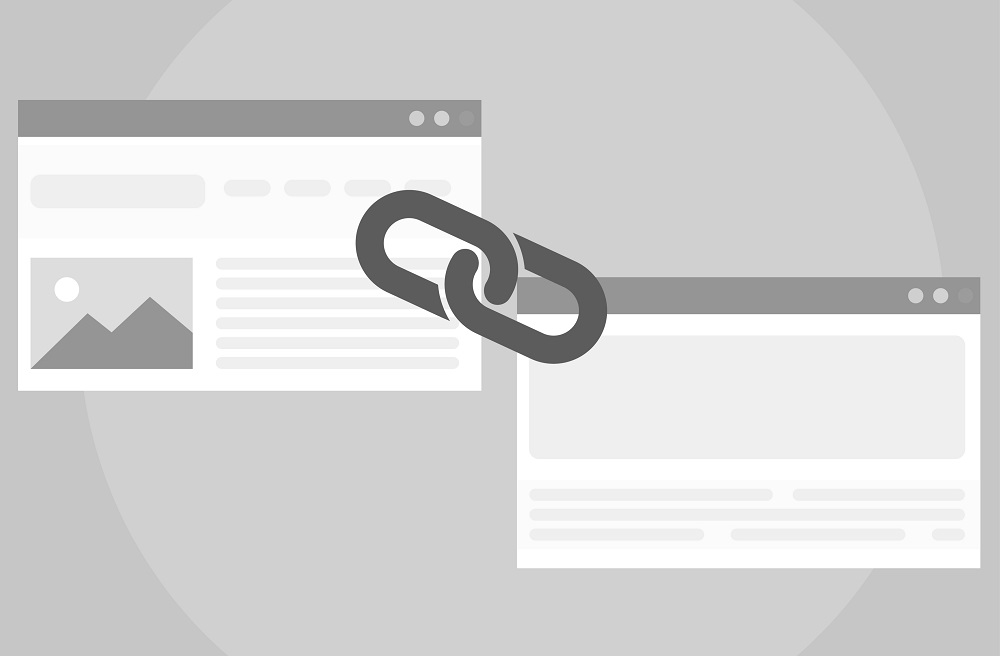Every website has internal as well as external links. The former connects posts and pages within your website, while the latter connects pages with other sites. Before your content gains ranking, it will need links. Search engines find your pages and posts best when they are linked to. Internal links connect your website pages. In internal linking, the source and target domain is the same.
Internal linking purpose
- Helps in navigating the website.
- Defines websites framework and hierarchy.
- Distributes the page authority & ranking power across the website.
Internal linking reinforces the overall SEO value of your website by offering clear routes to the crawlers, prolongs users’ sessions, and knits the web pages & posts tighter.
Links are crucial to Google because
- It can understand the relationship and relevancy between various posts, pages, and other content.
- The homepage has the highest backlinks and Google divides link value across the web page it is linked to. Therefore, your new post achieves more link value when it is connected with the home page rather than just a category page.
- Link value is passed on. More links = more value. This enhances your possibility to rank high.
Internal linking strategy for exclusive SEO
Create plenty of content
Have plenty of internal pages created to build abundant internal links. So, plan a solid content marketing strategy. Lots of content means plenty of linkable matter. It will look like a web with lots of links directing towards helpful content.
Choose long-tailed keywords to make your internal linking seem natural. For example, you created a post – ‘How to choose wristwatches. Now, you can use keywords like underwater watches or diving watches, or digital watches as your main keyword and interlink the pages.
Apply anchor text
To keep the internal linking theme of your content consistent use anchor text rather than image links. They are good provided they are not the links primary source and are properly alt-tagged. Use the fragments of a sentence as anchor text. Just highlight it and link it!
Use links from the user’s viewpoint
Internal linking enhances user engagement. When a user finds an informative link that matches the content context they will possibly click. If the link is internal then the user will stay longer on your website and enjoy the experience. Linking internally reveals to the search engine that the target link is relevant and crucial for users.
Use relevant links
Avoid linking to random pages but content related to source context. For example, if you write a page about dog food then linking it to a page about cat’s habits & routines is not a good idea. There is no connection between cats’ habits and dog’s food. They are not linkable. However, if you had a page of cat’s food then you could link it internally with the habits & routine articles. The link will be relevant as the content are similar.
Use internal links reasonably
Keep links to a reasonable number. Experts suggest around 3 to 4 depending on post length. There is no golden number but choose a number that is helpful to users.
Internal linking thus helps users, search engines, and even SEO!
